2-fore!-1 Golf in England: East Midlands
19 Courses in Linconshire, Normanby, Lincolnshire, Morley, Nottinghamshire, Derbyshire, Leicestershire, Northamptonshire
The East Midlands region encompasses five counties: Derbyshire, Leicestershire & Rutland, Lincolnshire, Nottinghamshire and Northamptonshire, and their respective urban centres, Derby, Leicester, Lincoln, Nottingham and Northampton. City golfers seeking a day away from the noise and the rush, find East Midlands is easily accessible from London. About 170 golf clubs are in East Midlands, most of which have either parkland, woodland or heathland golf courses, and combinations of these. Lincolnshire is the one East Midlands county edging the coast, and here you find seaside links style courses.
The home of England Golf is in East Midlands, in Woodhall Spa, Lincolnshire. England Golf was formed in 2012, when the English Golf Union merged with the English Women's Golf Association. It is affiliated with the R&A and the Ladies Golf Union and is responsible for the administration and promotion of amateur golf in England. England Golf organises main amateur golf events including the English Amateur Championship.
It is only 20 miles outside the city of Lincoln that you find the National Golf Centre at Woodhall Spa. It offers two golf courses, the historic, championship Hotchkin course and the newer Bracken course. The Hotchkin Golf Course, 7,100 yards, is rated among the world's best for heathland golf and, with its yawning bunkers and dense scrub surrounds, can offer the intrepid golfer something of a golfing adventure, as well as a memorable game. Booking your rounds at Woodland Spa is surprisingly easy, in comparison to just about any equivalent quality golf course. Woodhall Spa also features an excellent Golfing Academy.
Two great courses:
Sherwood Forest Golf Club
Sherwood Forest Golf Club in Mansfield, Nottinghamshire, is known to be one of the oldest and finest heathland golf courses in the UK. The golf course setting is, as the club says, "alongside the pines, silver birch and oak trees of Clipstone Woods within the legendary Sherwood Forest". The wider area has had trees growing here since the last ice age, and records from 1086 show that forest covered about a quarter of Nottinghamshire in woodland and heath. Traces of that ancient, natural habitat are still present and Sherwood Forest Golf Club itself is a designated Site of Special Scientific Interest. The golf club formed in 1895, moving to the present site in 1912. The golf course was laid out under Harry Colt then redesigned by James Braid in the 1920s. Apart from some extensions, the course remains the same and is maintained in excellent condition. As well as the resilient turf, the greens are a standout feature. The greens at Sherwood Forest are so true and so fast that you'll find you're smiling as you putt! Sherwood Forest Golf Course is also renowned for its beauty: the glorious bursts of heather or gorse in bloom, the panoramic views over the course, the atmospheric trees around you and the sense of serene timelessness wherever you look. And, the golf club itself is very warm and welcoming. Playing golf here at Sherwood Forest is guaranteed to lift your mood and raise your spirits.
Seacroft Golf Club
Seacroft Golf Club in Skegness, Lincolnshire, offers a classic links course at the edge of the ocean, with the traditional straight out and back design. It is set along a ridge of rugged dunes (and includes some gnarly gorse). The nine holes out are played below the dune ridge, then you return along the top. This makes for great views with glimpses of the sea, during your return, over interesting and at times unpredictable golfing terrain. There are some deep bunkers and the greens are true and are maintained in excellent condition. Seacroft is a surprising and challenging golf course, even on days when there is little wind. One end of the course is near the Gibraltar Point nature reserve, and here you can feel that you're hundreds of miles from civilisation with all its stresses and modernity. Seacroft Golf Club opened in 1895 with nine holes, growing to 18 holes in 1900. Alterations have been made to parts of the course since then but the original nine holes are unchanged.











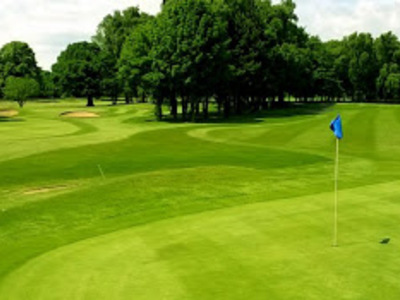

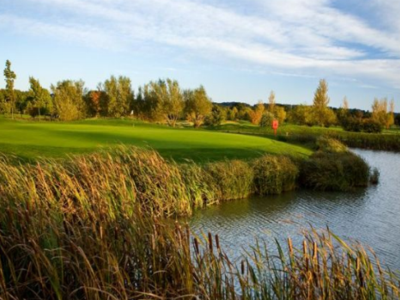

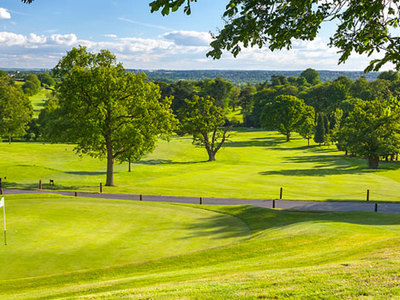
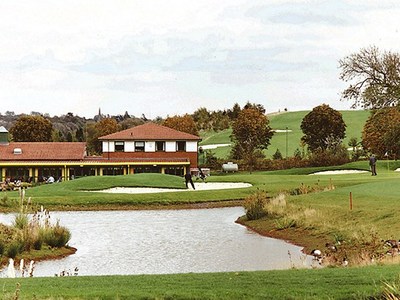
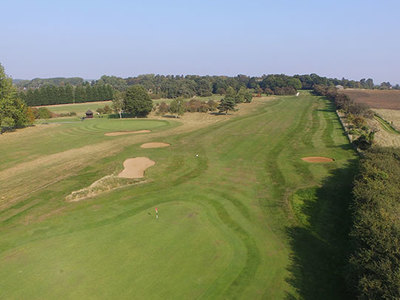
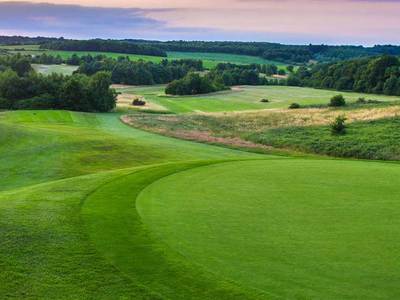
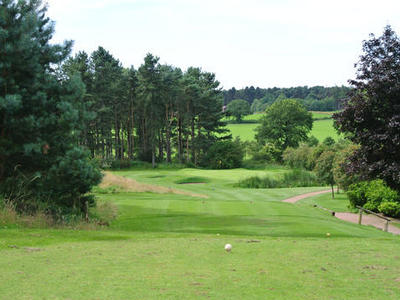


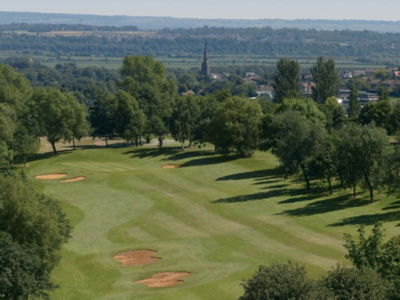
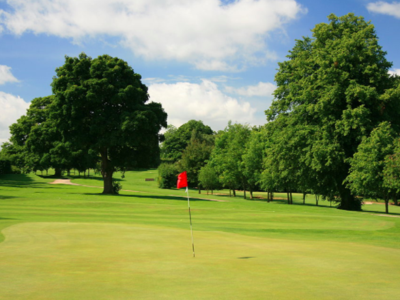
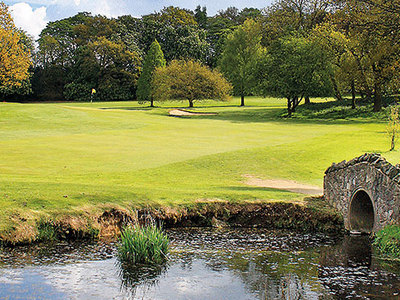
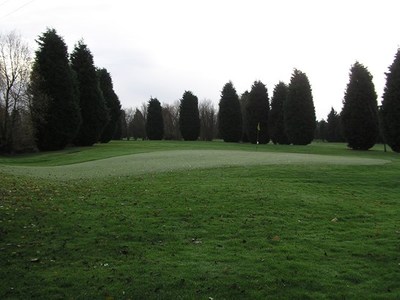

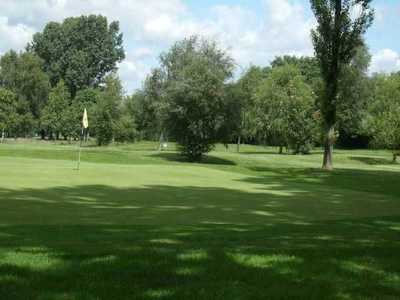
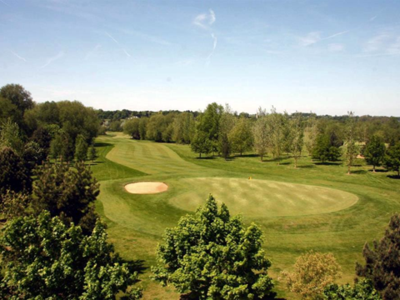
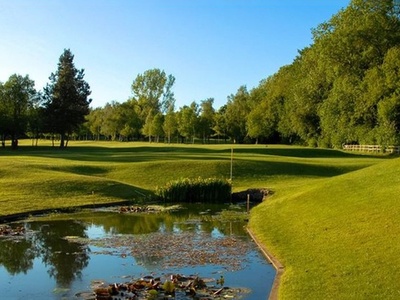
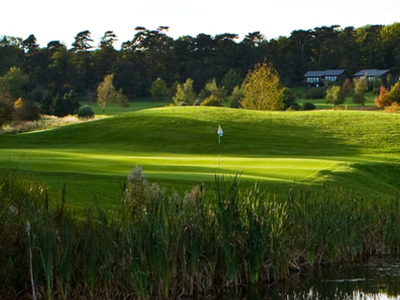
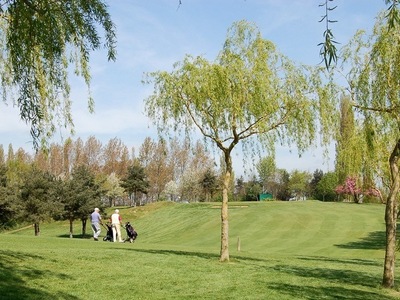

Subscribe
Join over 230,000 people and receive our exclusive email offers.
By subscribing you acknowledge you have read in full and agree to our Privacy Policy
Join 10,000's of followers on our social sites for
exclusive offers and giveawaysFree voucher for new members
Click hereLatest winners announced
Click herePhoto competition
Click here